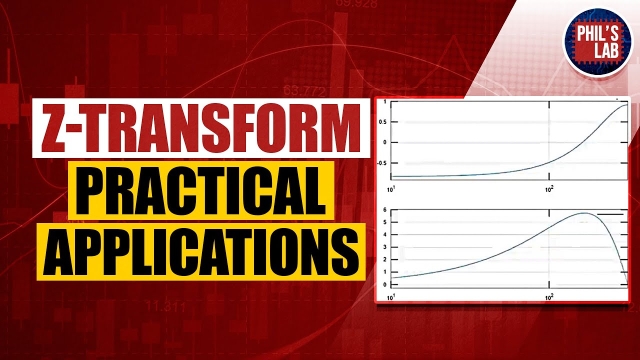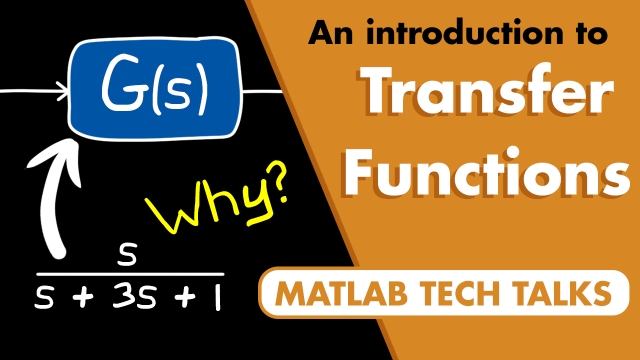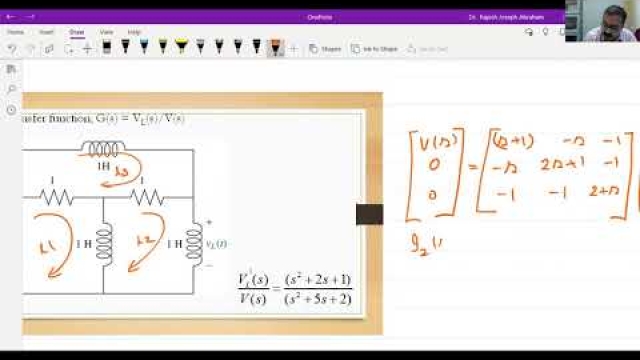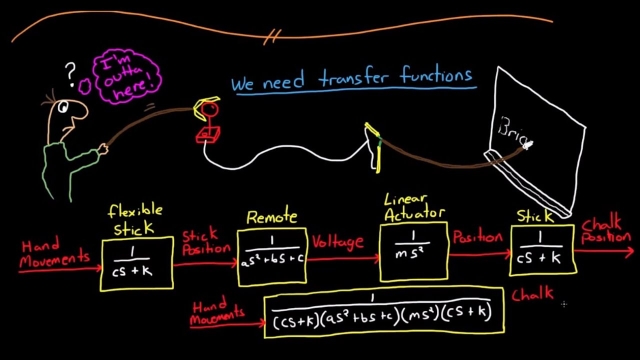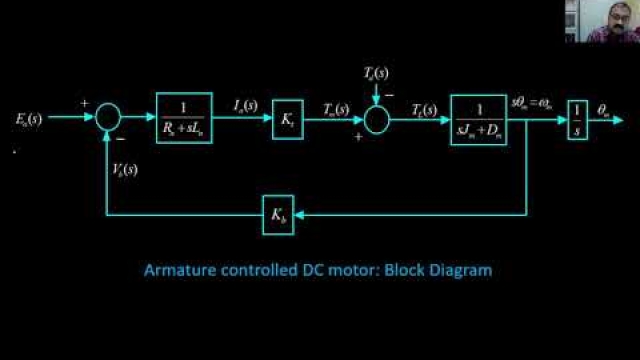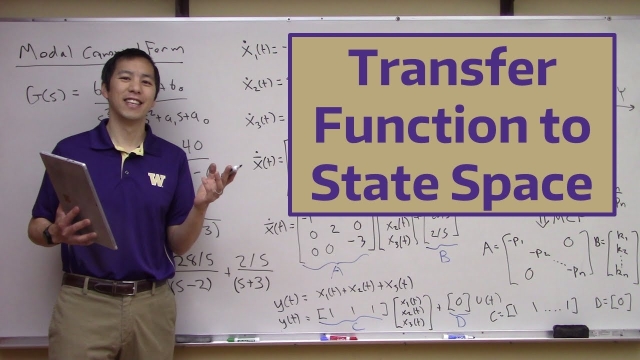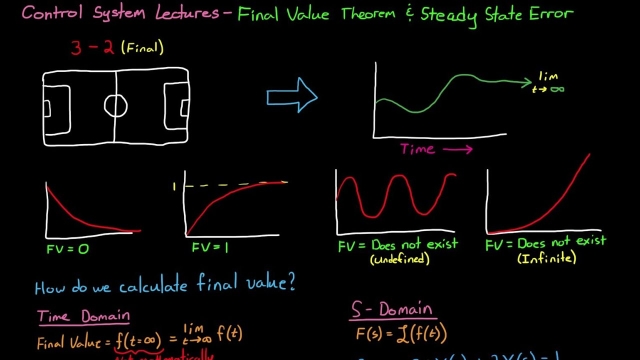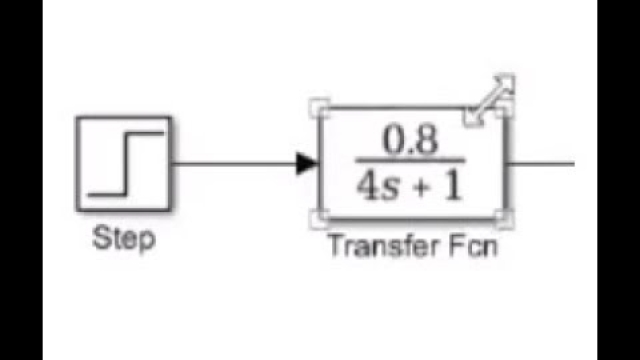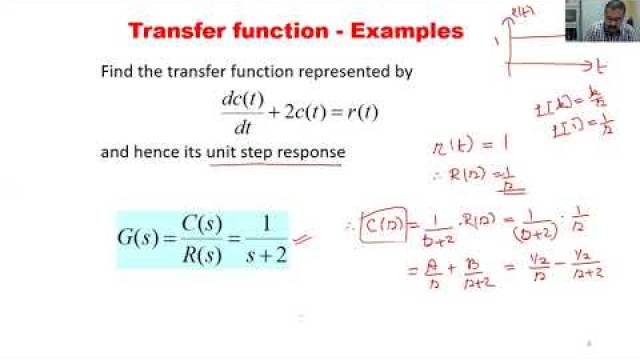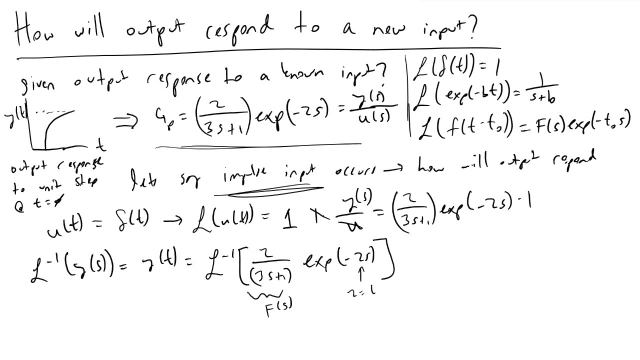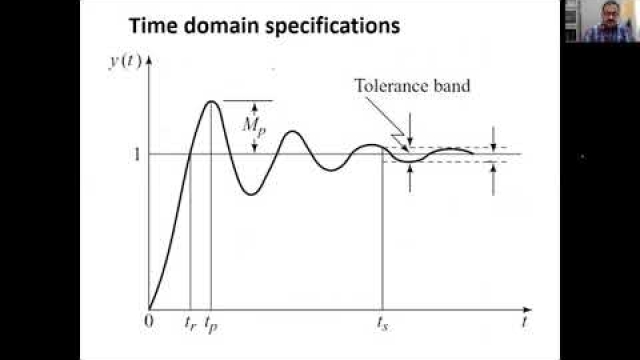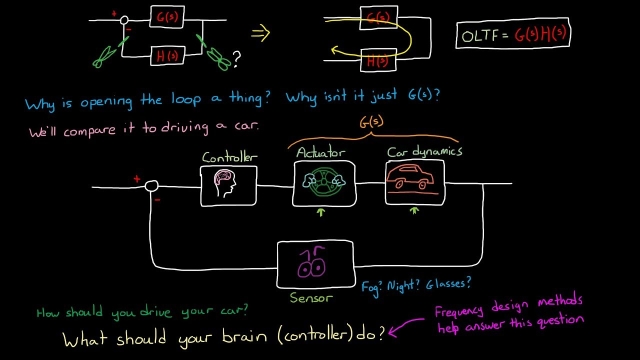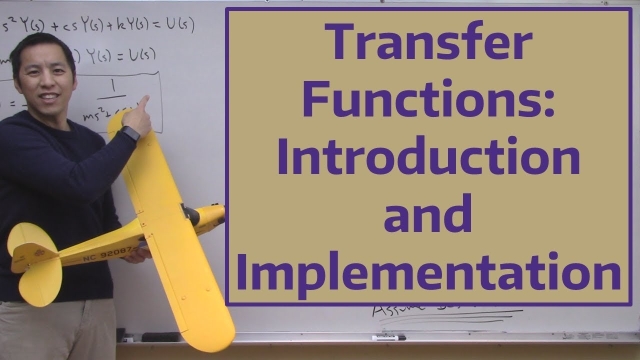In engineering, a transfer function (also known as system function or network function) of an electronic or control system component is a mathematical function which theoretically models the device's output for each possible input. In its simplest form, this function is a two-dimensional graph of an independent scalar input versus the dependent scalar output, called a transfer curve or characteristic curve. Transfer functions for components are used to design and analyze systems assembled from components, particularly using the block diagram technique, in electronics and control theory.
Topic
Transfer Function
This topic includes the following resources and journeys:
Type
Experience
Scope
Control Systems in Practice, Part 7: 4 Ways to Implement a Transfer Function...
In some situations, it is easier to design a controller or a filter using continuous, s-domain transfer functions. We have a lot of mathematical tools that make analyzing and manipulating...
See MoreZ-Transform - Practical Applications
Covering practical applications of the Z-transform used in digital signal processing, for example, stability analysis and frequency response of discrete-time systems. Theory, C code, and...
See MoreControl Systems in Practice, Part 8: The Gang of Six in Control Theory
When analyzing feedback systems, we can get caught up thinking solely about the relationship between the reference signal and the output. However, to fully understand how a feedback system...
See MoreWhat are Transfer Functions? | Control Systems in Practice
This video introduces transfer functions - a compact way of representing the relationship between the input into a system and its output. It covers why transfer functions are so popular and...
See MoreLecture 3: Electrical and Mechanical System Transfer Functions
Control Systems Lectures - Transfer Functions
This lecture describes transfer functions and how they are used to simplify modeling of dynamic systems.
See MoreUsing ‘minreal’ in Matlab to Perform Transfer Function Pole/Zero Cancellatio...
In this tutorial we look at using the ‘minreal’ function in Matlab to perform pole/zero cancellation from transfer functions.Topics and time stamps:(0:10) – ...
See MoreLecture 4: Electromechanical system Transfer functions and Analogous circuit...
Transfer Function to State Space
In this video we show how to transform a transfer function to an equivalent state space representation. We will derive various transformations such as contr...
See MoreFinal Value Theorem and Steady State Error
This Final Value Theorem is a way we can determine what value the time domain function approaches at infinity but from the S-domain transfer function. This is very helpful when we're trying...
See MoreTransfer Functions in Simulink for Process Control
An introduction on deriving transfer functions from a linearized state space model via Laplace Transforms, and how we can input transfer functions into Simul...
See MoreLecture 8: More on Transfer Functions
Why Transfer Functions Matter
Once we know a process's transfer function we can model how it will respond to an variety of inputs very easily, check it out.
See MoreLecture 10: Second Order Underdamped Systems: Unit step response and time do...
Standard HW Problem #2: Which is the real open loop transfer function?
In this video, we’ll go through another standard homework problem so you can see how you can apply many of the things you’re learning into a single problem. The question is, we have two...
See MoreTransfer Functions: Introduction and Implementation
In this video we introduce transfer functions and show how they can be derived from a set of linear, ordinary differential equations. We also examine how to...
See More

